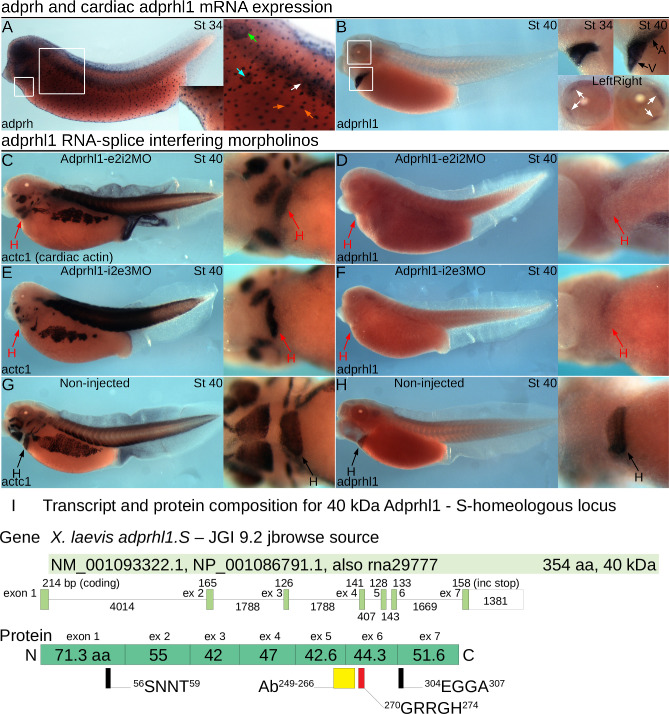Fig 1. Cardiac adprhl1 expression and morpholino knockdown in Xenopus embryos.
A, B: Comparison of adprh and adprhl1 mRNA expression. A stage 34 tadpole (left-lateral view, A) shows principal sites of adprh expression, with the position of detail images marked by white squares. Mucus producing small secretory epidermal cells (orange arrows) contain adprh from stage 28 (see Discussion 4.2) [47], detection in somites (white arrow) resolves towards hypaxial (ventral) muscle groups by stage 38, transient expression occurs in nephrostomes of the pronephros (cyan arrow), plus otic vesicle (green arrow), pharyngeal arches and the brain. A stage 40 tadpole (B, plus a stage 34 detail image) shows strong adprhl1 mRNA expression in the heart myocardium and also in the eyes within two forming muscle blocks, located medially (anterior) and at superior (upper) and inferior (lower) positions (white arrows). C-H: adprhl1 RNA-splice interfering MOs provide a defined activity and inert heart phenotype. C, D: Expression of actc1 (heart and skeletal muscle, C) and adprhl1 (D) mRNAs in stage 40 tadpoles after injection of 32 ng Adprhl1-e2i2MO at the one-cell stage. Impaired heart ventricle growth and a loss of adprhl1 mRNA signal is observed. Left-lateral view of tadpole and detail ventral view of heart region presented. E, F: Identical heart phenotype caused by injection of the distinct Adprhl1-i2e3MO morpholino. G, H: Normal ventricle size and adprhl1 signal in non-injected sibling tadpoles. Red arrows denote aberrant morphology. H, heart; A, atrium; V, ventricle. I: Transcript and protein composition for 40 kDa Adprhl1. Alignment of a RefSeq mRNA (NM_001093322.1) to the X. laevis adprhl1 S-homeologous locus showing exon and intron sizes. The lower drawing shows the contribution of each coding exon to the translated protein and highlights the position of the peptide antibody epitope (yellow rectangle) and of the conserved di-arginine sequence (red rectangle) mutated in this study. For reference, other sequences that reside within the ancestral active site are also marked (black). S1A Fig describes all the predicted transcripts from both S- and L-alleles while S16 Fig compares mammalian Adprhl1 mRNAs.

